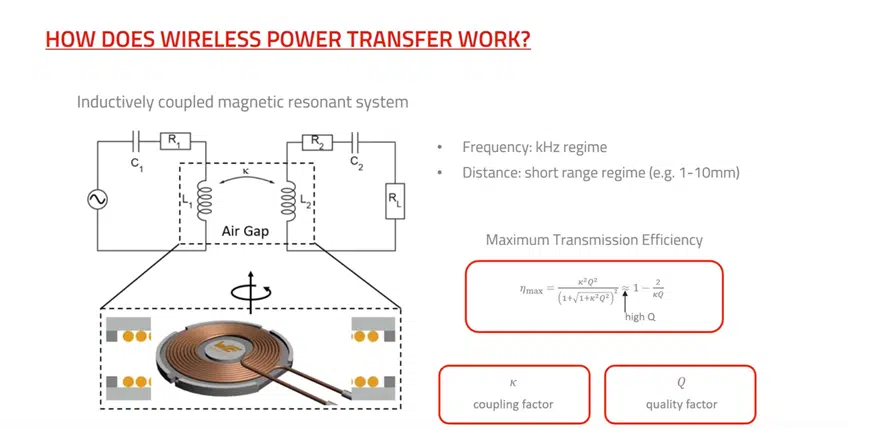How does the wireless power transfer work? Würth Elektronik’s webinar provides basic introduction into this topic including practical application examples.
Wireless Power Transfer is one of the most innovative topics for the next generations. Starting with the basic physics we will show the principles of wireless power transfer, and the key standards and technologies.
This informative 1-hour training session, Partnered with Digi-Key Electronics, will be illustrated with examples of applications in medical, consumer, IoT and industrial areas.
Source:
Würth Elektronik































